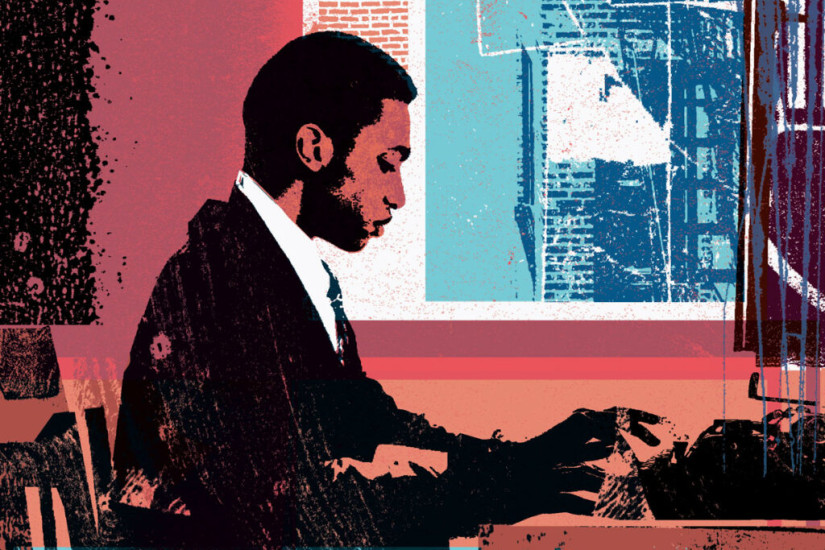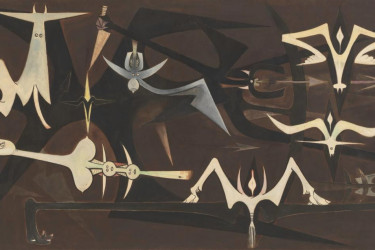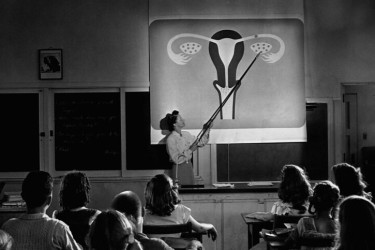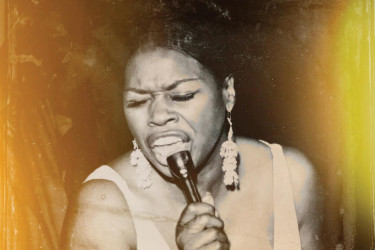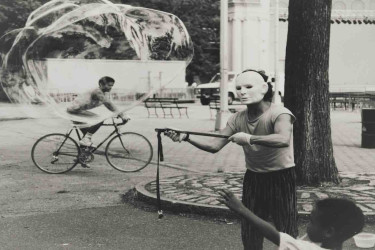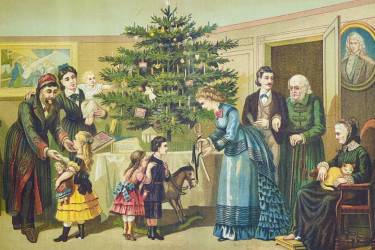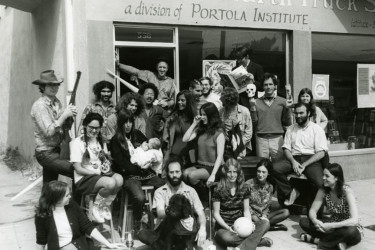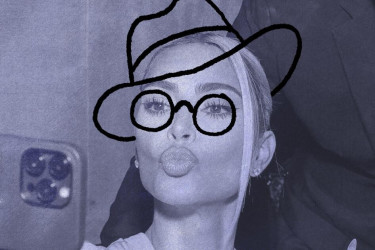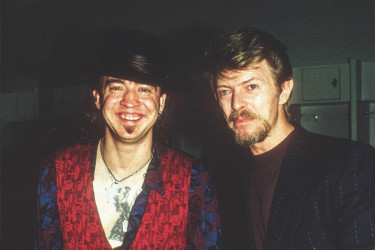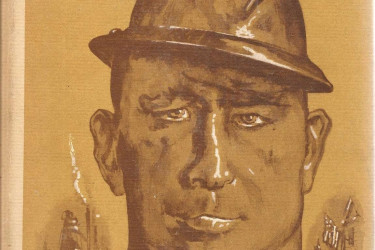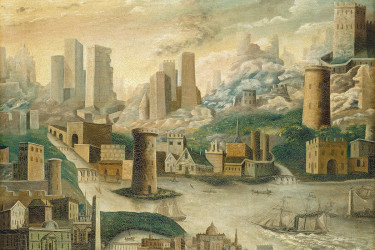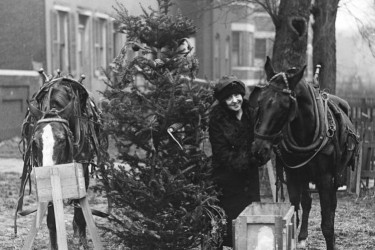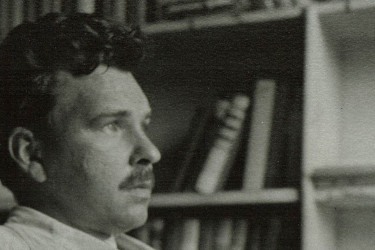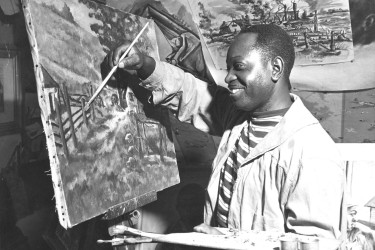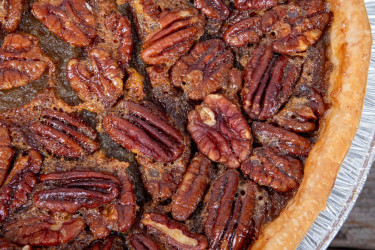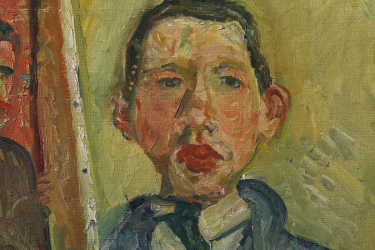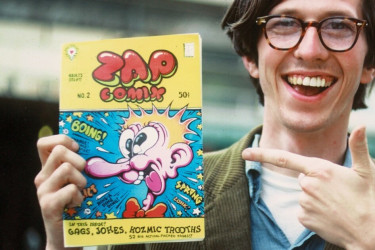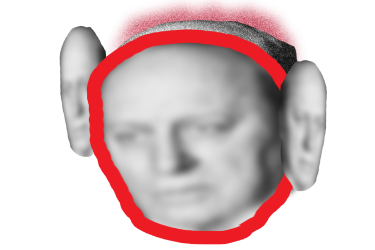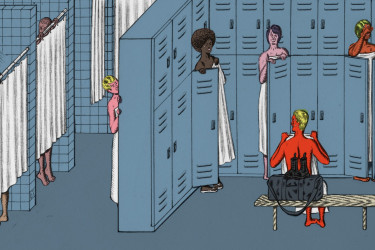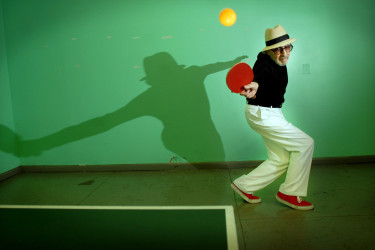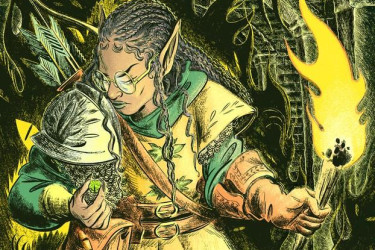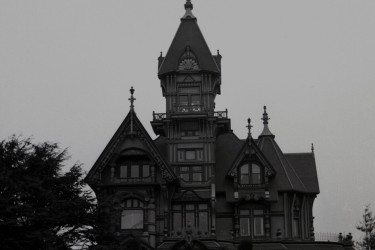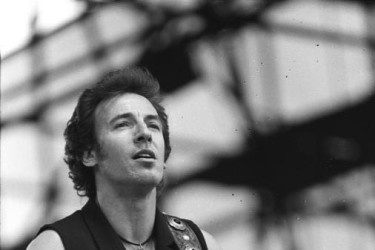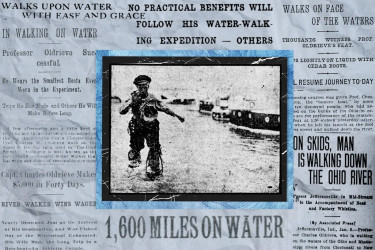Culture
Exhibits

The Music Biz
American music is big business. The exhibit explores the industry's history, from the songwriters to the technological innovators to the execs who have decided who profits, and who doesn't.

Christmas Past
Histories of American Christmas songs, stories and rituals.

American Foodways
This exhibit explores the history of the ways Americans eat, from the influences on our cooking to the regional specificities of our meals to the ways we celebrate around family tables.

America's Pastime
Histories of big league baseball, from the achievements of the players to the culture of the stands to the stories and traditions we pass down.

Moving Pictures
Tracing the history of Americans' relationships with the silver screen, from film's earliest days to the cinematic creations of our own times.

Living With the Dead
From rituals of mourning to spirit mediums and ghost stories, Americans' varied attempts to connect with those who have gone before us.
